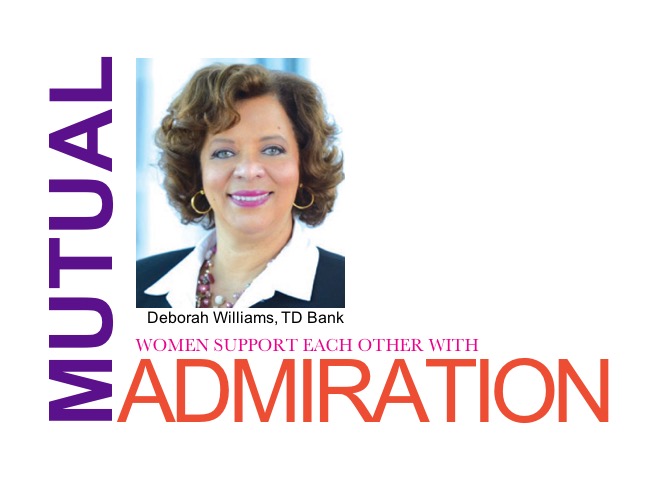As a diversity and inclusion expert, I’ve spent over 12 years helping Fortune 500 ranked companies, educational institutions, and non-profits create and execute strategies to embed culture, diversity, and inclusion into the employee experience. At the beginning of 2021, I made the following six predictions about ways diversity and inclusion will change this year:

I reasoned that while 2020 had been about awareness and education of inclusion issues, 2021 would be about putting this newfound knowledge into action.
While I wish I could say everyone got the memo and was 100% on board for creating inclusive cultures, I’d be lying if I didn’t acknowledge the slowness of some workplace cultures to keep up with the pace of change. As we look towards 2022, I can see we’ve come a long way on inclusion issues in the last year, but we still have a ways to go.
Many reported “pandemic fatigue” as the world’s economies began itching to “reopen” in the fall only to see COVID-19 cases spike again in the middle of the summer. Whereas remote work had become a beacon of hope for inclusivity, it seemed many companies were willing to discard remote work arrangements as soon as they got the “all clear” from the CDC. But when cases spiked and remote work remained a viable way for most people to work, some companies announced hybrid work arrangements while others began requiring employees to return to work at least one day per week. Tech companies like Twitter, Square, and Slack doubled down on their commitment to provide flexible work arrangements. While legacy company PWC shocked the accounting, tax, audit, and consulting sector by announcing that their 40,000 employees would work virtually for the foreseeable future. Across the board, remote work is the preference of most employees. I stand by my prediction that remote work will continue to increase, as it is my hope and recommendation for companies that can continue to offer the option for employees to do so.
Workplace diversity did change. Encouragingly, at Cabral Co. we received more and more requests from companies looking to go beyond standard diversity and inclusion training; many of the companies that reached out to work with us were interested in going deeper and set out to embed long-term DEI programming that will over time, lead to more inclusive cultures.

As the hunger for more meaty DEI programming increased, so did the scrutiny towards it. After corporations pledged $50 Billion towards racial equity after George Floyd’s murder, many questioned where the money had gone and if it had made a difference. These conversations were unprecedented as similar funding in previous years, though not as significant, was not as scrutinized. Due to the attention and sheer volume of resources thrust towards racial equity in the last 18 months, 2022 will likely see deeper probes and calls for receipts, results, and a justification of organizations’ pledges. Whether you’re a company on the giving end or an organization on the receiving end, I recommend you maintain good records and thoroughly measure and track the impact of your equity initiatives, not just your spending.
We saw consumers rally around inclusion issues, and perhaps no clearer example can be seen than the Georgia Baseball moved the All-Star Game out of the state. Voting rights groups filed federal lawsuits, and some called for boycotts of Georgia-based companies like Home Depot. Other Georgia-based companies like Delta Airlines and Coca Cola spoke up in opposition to the law, winning them loyal consumer followers and building their brand equity. As people and organizations gain deeper understandings of how politics shape the day-to-day life of each of us, I see the trend of companies feeling compelled to take stands on local and national legislation continuing in 2022.
Marketing showcased greater diversity – This was one of my favorite predictions to see come to fruition. From marketing campaigns that touted racial diversity, illustrated size inclusion in fashion, and displayed models of varying physical abilities campaigns by companies like Gap, Inc made me hopeful. For companies large and small, I’d say get ahead of this trend and bring a spirit of inclusion to any marketing you do on behalf of your company. Go beyond race and gender and consider potential customers and members of your audience who have different physical abilities, diverse gender presentations, wear styles to honor their culture or religious beliefs, and even those who might be neurodivergent.
Lastly, while I predicted allies and advocates would emerge in the workplace, we saw allies and advocates emerge in an unexpected place: social media. Gen Z took up the fight for racial justice and inclusion, latching onto the movement and often taking the fight to their own dinner tables. Gen Z activists spread calls for inclusion online and made confronting the racist attitudes of Baby Boomer parents a welcome social media trend. As fickle as online movements and trends tend to be, it’s one that I hope we’ll see continue into 2022 and beyond.
Amber Cabral is the author of Allies and Advocates and a diversity and inclusion consultant to major retailers and the Fortune 500 at her company CabralCo.



